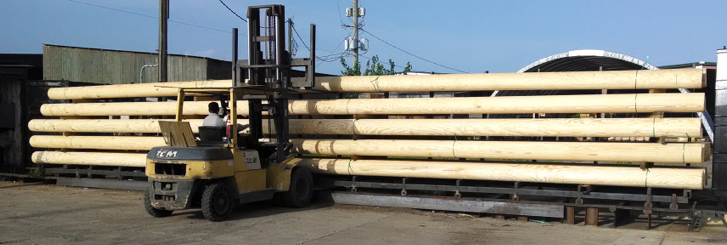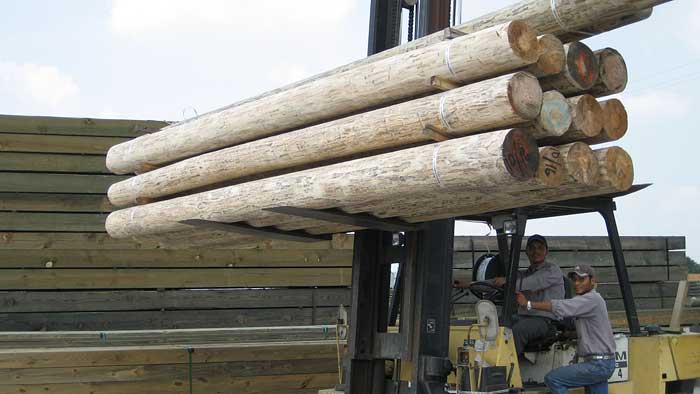Safety First: Essential Practices for Construction Workers
The construction industry is the backbone of infrastructure development, shaping the world we live in. However, it’s also one of the most hazardous, with workers facing a multitude of risks daily. From towering heights to heavy machinery, construction sites demand unwavering vigilance and a commitment to safety. This blog post highlights the critical importance of safety practices for construction workers and outlines essential measures to mitigate risks, prevent accidents, and foster a safe working environment.

Understanding the Risks
Construction sites are dynamic environments where various trades converge, and activities overlap. This complexity gives rise to numerous hazards, including:
- Falls from Heights: Falls from scaffolds, roofs, ladders, and other elevated work areas are a leading cause of fatalities and serious injuries.
- Struck-by Accidents: Workers can be struck by falling objects, swinging loads, or moving equipment, resulting in severe trauma.
- Caught-in or -Between Hazards: Cave-ins, trench collapses, and contact with heavy machinery can trap or crush workers.
- Electrocution: Contact with live wires, faulty equipment, and overhead power lines poses a significant risk of electrocution.
- Heavy Machinery and Equipment: Operating cranes, bulldozers, excavators, and other heavy equipment requires specialized training and adherence to strict safety protocols.
- Hazardous Materials: Exposure to asbestos, lead, silica dust, and other toxic substances can cause long-term health problems.

The Importance of Safety Practices
Given these inherent risks, implementing and enforcing robust safety practices is paramount. A safe work environment not only protects workers from harm but also yields numerous benefits:
- Reduced Accidents and Injuries: Proactive safety measures can significantly decrease the number of accidents, injuries, and fatalities on construction sites.
- Improved Productivity: When workers feel safe, they are more focused, efficient, and motivated, leading to increased productivity.
- Lower Costs: Accidents and injuries result in direct and indirect costs, including medical expenses, workers’ compensation claims, project delays, and legal fees. A strong safety culture can minimize these costs.
- Enhanced Reputation: Companies with a strong safety record attract and retain skilled workers, enhance their reputation, and gain a competitive edge.
- Legal Compliance: Adhering to safety regulations and standards is not only ethically responsible but also legally required.

Essential Safety Practices
To create a safe construction site, employers and workers must work together to implement the following essential safety practices:
- Personal Protective Equipment (PPE): Providing and ensuring the use of appropriate PPE is fundamental. This includes hard hats, safety glasses, gloves, high-visibility vests, safety harnesses, and respiratory protection.
- Fall Protection Systems: Implementing fall protection systems, such as guardrails, safety nets, and personal fall arrest systems (PFAS), is crucial for preventing falls from heights. For more information, refer to OSHA’s Fall Protection Standards.
- Hazard Communication: Employers must communicate the hazards associated with chemicals and materials used on-site through labeling, safety data sheets (SDS), and training programs.
- Lockout/Tagout Procedures: Implementing lockout/tagout procedures ensures that machinery and equipment are de-energized before maintenance or repair work is performed, preventing accidental start-ups.
- Trench Safety: Excavations and trenches must be properly shored, sloped, or shielded to prevent cave-ins, and workers should never enter unprotected trenches.
- Equipment Safety: Regular inspection, maintenance, and training are essential for the safe operation of heavy machinery and equipment.
- Electrical Safety: Following electrical safety standards, including proper grounding, insulation, and the use of ground fault circuit interrupters (GFCIs), can prevent electrocution. Refer to the National Electrical Safety Code (NESC) for detailed guidelines.
- Emergency Preparedness: Developing and practicing emergency plans ensures that workers know how to respond to accidents, fires, and other emergencies.
- Training and Education: Providing comprehensive safety training and education is essential for equipping workers with the knowledge and skills to identify hazards, use PPE, and follow safe work practices. Consider exploring training resources at The National Institute for Occupational Safety and Health (NIOSH).
- Regular Inspections: Conducting regular safety inspections helps identify potential hazards and ensure that safety measures are in place and effective.
- Safety Meetings: Conducting regular safety meetings, or toolbox talks, reinforces safety practices, addresses specific hazards, and encourages workers to raise safety concerns.
- Promote a Safety Culture: Creating a work environment where safety is valued, and every worker feels responsible for their safety and the safety of those around them. This includes encouraging open communication, recognizing safe behaviors, and addressing safety violations promptly.
By implementing these essential safety practices, construction companies can create a safer work environment, protect their workers, and contribute to a more productive and sustainable industry.
The Role of Technology in Construction Safety
Technology is playing an increasingly important role in enhancing construction safety. Wearable devices, drones, and virtual reality (VR) training are just a few examples of how technology is being used to:
- Monitor worker health and safety: Wearable sensors can track vital signs, detect falls, and alert supervisors to potential hazards.
- Improve hazard identification: Drones can be used to inspect hard-to-reach areas and identify potential hazards.
- Provide immersive safety training: VR can simulate hazardous scenarios, allowing workers to practice safe work practices in a controlled environment.
Conclusion
Safety is not just a priority; it’s a fundamental right for every construction worker. By understanding the risks, implementing essential safety practices, and embracing new technologies, we can create a construction industry where every worker returns home safe each day.
Are you committed to prioritizing safety on your construction site? We can help you implement the latest safety practices and provide the resources you need to create a safe and productive work environment. Call us today at (800) 816-0335 to Get a Fast Quote and learn more about our comprehensive safety solutions.
